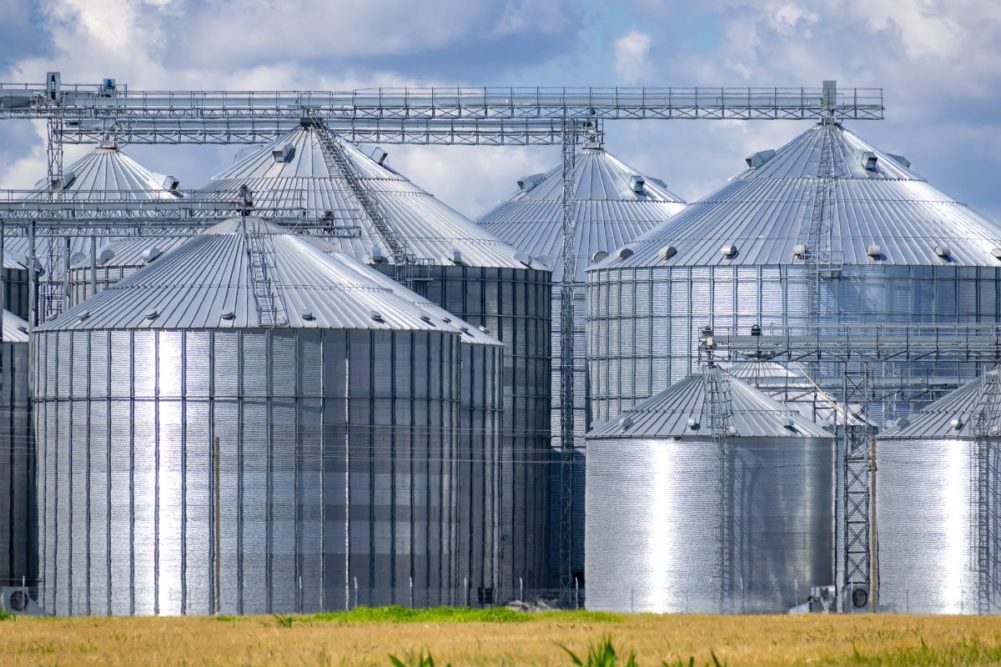DENVER, COLORADO, US — Faced with soaring storage costs, US grain elevators may be forced to lower their local bids on grain, according to a new report from CoBank’s Knowledge Exchange.
The report attributed the cost increases to rising interest rates, high commodity prices and increasing costs of labor, insurance, transportation and energy.
The interest-related cost of carry in the 2023-24 crop year is estimated to reach the highest on record with a 21% increase for corn, 42% increase for soybeans and 50% increase for wheat, year-over-year.
Insurance costs have increased due to multiple weather disasters and insurance companies existing agriculture to chase premiums in a rising interest rate environment.
Other important costs of operating are increasing and are difficult for an elevator to reduce, the report said.
“For grain elevators, the sharp rise in interest rates couldn’t have come at a worse time as they borrow higher-priced funds on commodities that have also remained at historically high prices,” said Tanner Ehmke, lead grains and oilseeds economist for CoBank. “And while grain elevators are motivated to move inventory as fast as possible to lower carrying costs, processors and end users will want to delay ownership of commodities to reduce their own inventory costs.”
The inverted futures markets, where the price of later-dated contracts are lower than spot prices, makes it even more challenging for grain elevators, the study said.
When futures prices are lower than spot prices, farmers are motivated to sell commodities rather than hold them for future sale.
Several factors are maintaining the inversion, including drought in the US plains and Argentina, loss of production of grains and oilseeds in Ukraine due to ongoing conflict with Russia, other geopolitical concerns and rising global demand, combined with expectations for record corn and soybean harvests pending in the 2023-24 marketing year. The inverse in wheat futures market in particular is likely to persist through the 2023-24 marketing year due to the expected small US harvest and rising global demand.
Cooperative elevators are in business to buy and market their members’ grain so they are obligated to carry inventory despite the economic disincentive of doing so. Holding commodities in high-interest rate environments also ties up a company’s work capital, the study said.
Grain co-ops, though, have control over their local bid. Elevators that lower their local bids and widen basis must examine their operating costs and margins, according to the CoBank study.
The wider basis could potentially attract more export business in fall, meaning domestic users may have to pay more if they want to ensure supplies through 2023-24, it said.
“It’s a challenging situation for cooperative grain elevators as well as farmers, because it comes at a time when farmers are also facing higher costs,” Ehmke said. “Co-op managers will need to closely scrutinize their operating costs and impose greater discipline on cost wherever possible. And if they need to lower their bids and widen basis to cover storage costs, they should communicate early and consistently with farmer members who will be impacted.”






